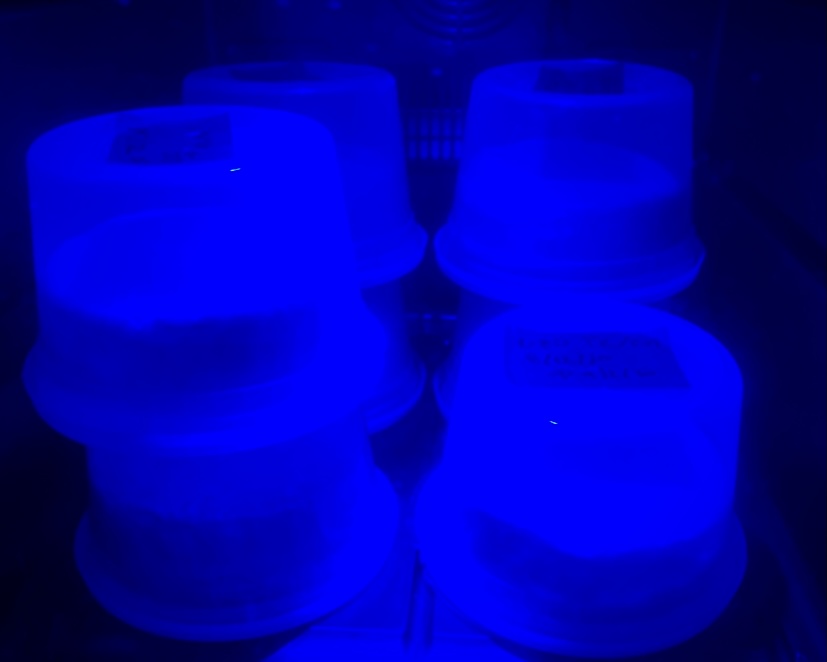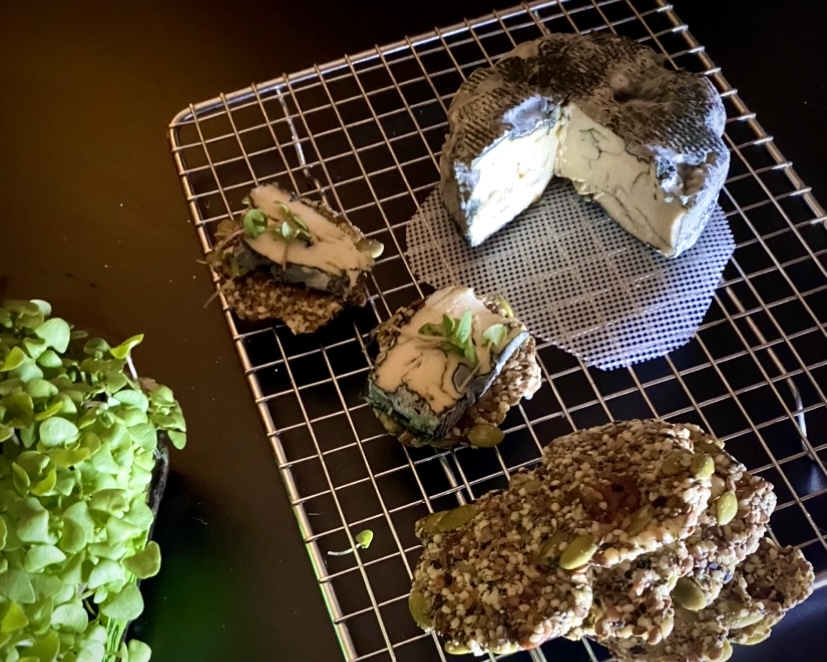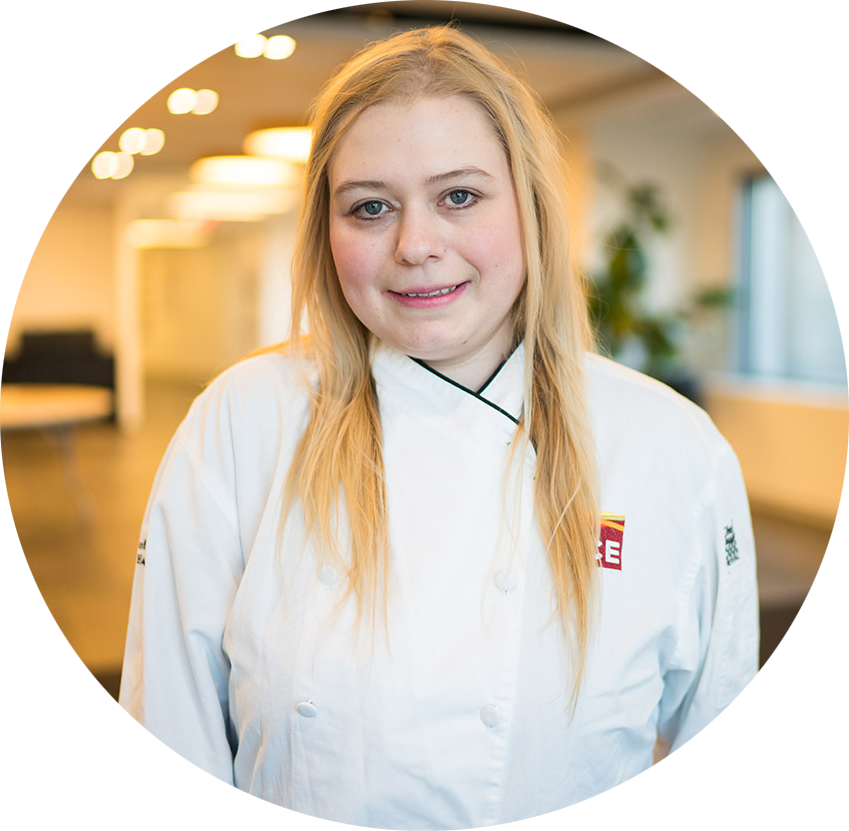Aging cashew-based cheeses by inoculating them with specific strains of mold has quickly become one of my go-to pandemic pastimes. The result is wheels of successful plant-based camembert and Roquefort. Here's the nut cheese recipe.
Cheese Caves at Home
I have been teaching culinary classes how to make nut cheese since 2014. With a degree in neuroscience, I have always been fascinated with how to transform and mimic flavor profiles, especially when it comes to plant-based cooking. From almond "mozzarella" to tofu "feta," contriving the texture and taste of cheese while using whole food ingredients has always been something I gravitate to as a chef.
Enter the pandemic. Partially inspired by extra time to research and very much so by a canceled trip to Paris to study food cultures with my NYU graduate food studies program, I decided to ferment my feelings by ordering cheese cultures from France instead. I am currently inoculating two types of cashew-based cheeses: a Roquefort and camembert. I keep them in separate rooms in my Brooklyn apartment in climate-controlled, 52 F converted wine fridges, or as I like to call them, cheese caves. All three light up in blue LED fashion and will be quite the decor pieces once dinner parties become the norm again.

How To Make Nut Cheese
The general procedure to begin is soaking the cashews overnight. I try my best to buy organic and ethically sourced nuts. The next step is to pour boiling water all over them to sterilize and then blend into a thick paste consistency, adding water as needed. You cool the mixture and stir in the cultures — that’s it! I am inoculating with plant-specific mesophilic cultures. The camembert requires Geotrichum, Candidum and Penicillium Candidum, and Roquefort uses MD88, mesophilic cultures and Penecillum. Each contributes to texture, flavor and appearance. A batch consists of four cups of cashews and yields four 6-ounce wheels.
Once inoculated, the mixture is covered and ferments for a day at room temperature and then is shaped into wheels and salted to help the mold to grow and form a rind. The wheels must be stored in sealed containers where they will not dry out. The process takes anywhere from two to six weeks. Each day, my job is to flip them onto a fresh piece of parchment paper and wick away any excess moisture. After they are firm enough to handle, they perch on a special cheese mat inside containers to encourage even mold growth (although I do find the occasional bald spot adorable).
My favorite part of the process is when they start showing their first signs of fuzz about seven days into the process. It feels like velvet. After that, growth escalates quite quickly. The cheeses are really ready to eat at any stage. For the first few days, they taste like cream cheese. The next two weeks yield a salty, creamy pecorino. They continue to mature into their camembert and Roquefort namesake flavor profiles in the week or two that follow.
Fermented Nut Cheese
I’ve been successful with these fermentation experiments largely because of the sanitation and temperature control practices I implemented from the start. Every container is clearly labeled with start and end dates. When fermenting, I like to use proven recipes and downloaded an e-book from Thomas, the Paris-based blogger behind Full Of Plants.
These cheese trials taught me the importance of climate and moisture control. One has to take precautions when dealing with mold, so I wear gloves and a mask when caring for them daily. The importance of keeping different molds isolated in separate rooms cannot be overemphasized. I also have an effective central air ventilation system and even have house plants littered around the apartment that are known for their removal of excess mold spores in the air.

Non-Dairy Cheese
The general consensus from those who have sampled the cashew wheels is that they taste like cheese. It brings up the existential question: Does dairy make cheese, cheese, in the first place, or are the mold varieties responsible for the flavor development? I do find these plant-based wheels more satiating and less addictive because of the lack of trophic hormones usually found in wheels made with dairy. There is also something so satisfying in savoring something you cared for daily.
These wheels have quickly become a staple in my diet as much as caring for them is part of my daily routine. My current favorite way to enjoy the nut cheese is slathered on warm, baked rye sourdough. Cashew cheese is also fantastic with sprouted seed crackers I make in my dehydrator or microgreens I grow on my fire escape (another pandemic-generated pastime). The wheels actually make for a convenient portable lunch or the perfect socially distant picnic contribution.
Follow @oliviathechef for more cheese updates, and visit oliviathechef.com for resources on what to purchase to get your own batches going. Hopefully, I'll host in-person classes on this methodology at ICE soon — once it is safe to do so.
In the meantime, you can study plant-based food with Chef Olivia in Health-Supportive Culinary Arts.






